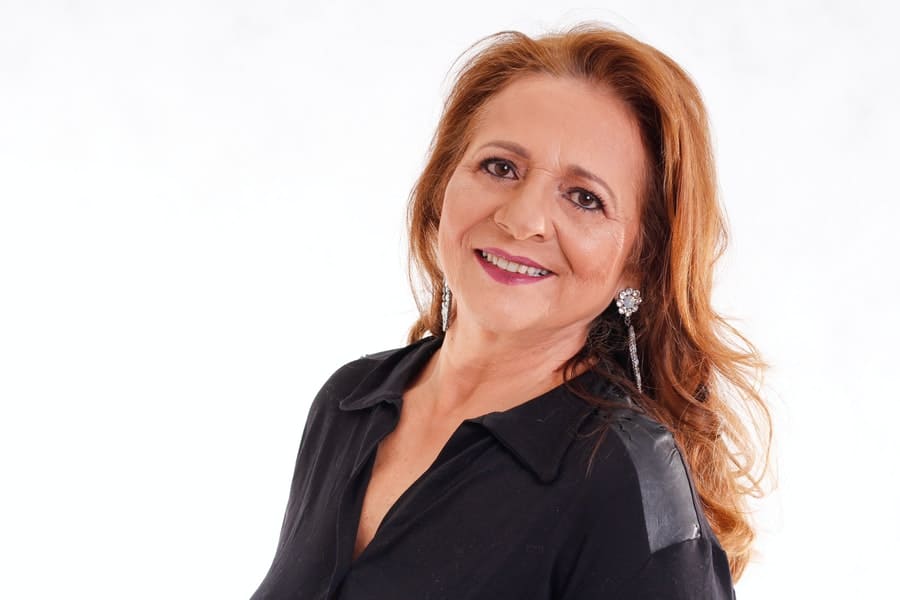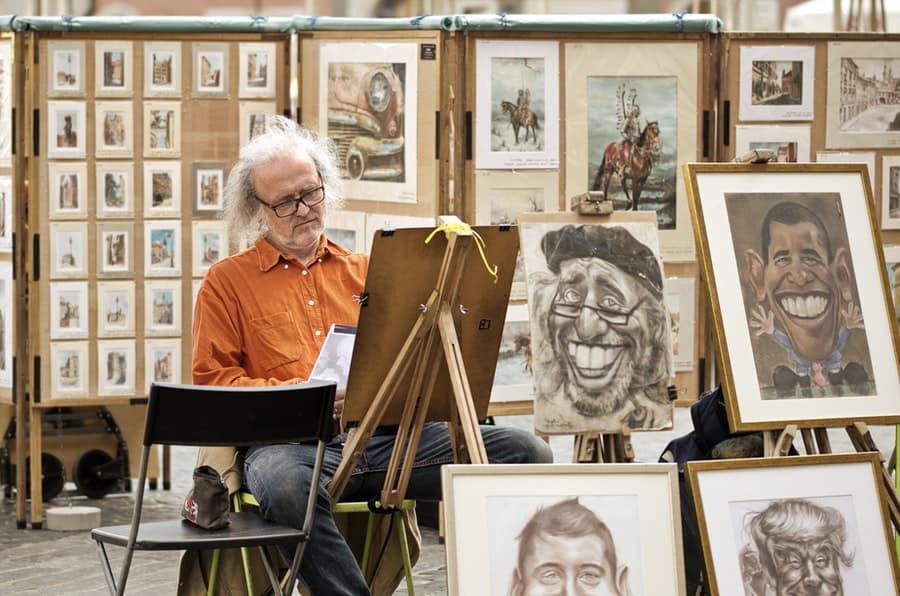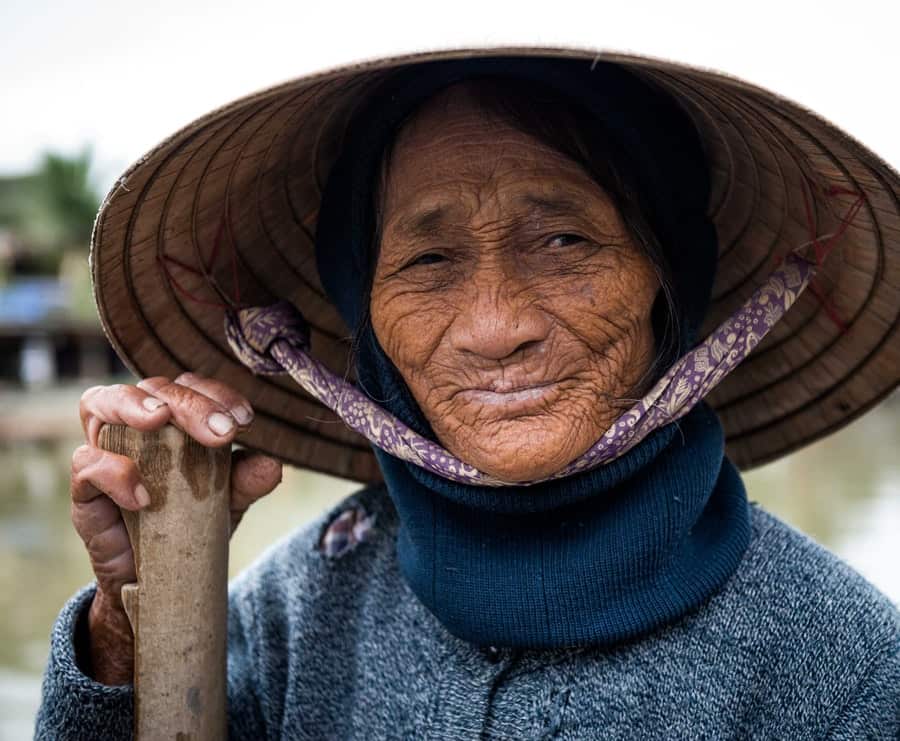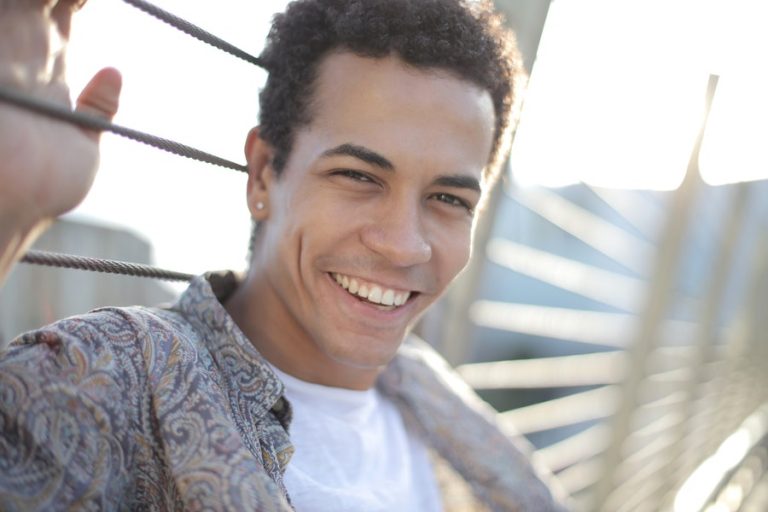Are all headshots portraits? Why are portraits not headshots? It’s sort of like one of those high school English quizzes! If you’re not sure what makes a headshot and what makes a portrait, you aren’t alone! We break it down for you in this article.
What is the Difference Between a Portrait and a Headshot?
The main difference between a headshot and a portrait is how the images will be used. Traditionally headshots are taken for official business use, while a portrait is more of a descriptive image used to tell a story about the subject.

Headshots are used for purposes such as business cards, advertisements, auditions, identification badges, website profiles, social media profiles or as other means of identification.

Portraits are used in editorial news stories about the subject, in lifestyle advertisements, on book jackets, in blog posts, as social media posts, or as framed art on the wall.
Basically, a headshot identifies the subject, where a portrait tells the viewer something more about the subject. For example, the photo used on a school identification badge of a student is a headshot identifying the subject. A photo of a high school athlete in his lacrosse uniform surrounded by all the trophies he has won over the years accompanying a newspaper article is a portrait. An actress has a headshot she sends before auditioning for a job so the casting agency knows what she looks like. But that same actress also has a portrait of her in her home showing her on set of her first major television gig, in full makeup and dress.
Portraits and headshots also differ in a few more ways:
- Number of Subjects
- Cropping
- Mood
- Environment
- Creativity
Let’s look at these differences below.
Number of Subjects
Headshots are generally just of a single subject. A portrait could include multiple subjects.
Cropping
Headshots, as the name implies, focus on the head and face. Most of the time, headshots are a tight shot of the head and shoulders of your subject. Portraits, on the other hand, can be frame more loosely. Portraits can be just the head and shoulders OR include more of the upper torso or even the entire body.

Mood
Headshots and portraits also differ when it comes to mood. Headshots are typically well-lit, bright, and convey a professional feel. They don’t typically evoke a lot of emotion from the viewer. But emotion is an important part of a portrait! They can convey happiness, melancholy, contentment, sadness, or excitement. Emotion is used to tell the viewer something about the subject.
Environment
Environment is another difference in portraits and headshots. Many headshots are taken on a generic background, or cropped in a way that the environment isn’t a factor in the image. When it comes to portraits, however, the environment may play a critical role in the image if the photographer believes it contributes to the story she is trying to tell about her subject.

Creativity
The final difference between headshots and portraits is the flexibility to be creative. Portraits give the photographer more opportunity for creativity and artistic expression. A portrait photographer may experiment with lighting, posing, color, props, clothing, angles, backgrounds, and subjects.
Headshots, though, are pretty generic. Think of the difference between a typical yearbook photo (headshot) and the senior photo mom hangs on the wall for perpetuity (portrait).
Clients Don’t Always Use the Right Term
Most non-photographers don’t understand the difference between portraits and headshots. Heck, some photographers don’t really understand the difference! If you have a client that requests either a headshot or a portrait, you’ll want to ask him some questions to clarify his intent and expectations. He probably knows exactly what he wants but not the exact photography words to describe them.
Clarifying how the images will be used by the client is just good business practice. It helps ensure you are prepared to shoot and deliver what the client wants at the right price.
For example, I had a client request headshot pricing for her business. We spent some time visiting about how those images were going to be used. She’s a small business owner with an active social media presence and blog. By asking questions to clarify her intent, I discovered she really wanted one good headshot for her social media profile page and business cards, AND she wanted several more casual portraits she could use on her blog to accompany stories or to visually describe her business.
Conclusion
The most important difference between headshots and portraits is how they will be used. That answer alone will be the main driving force of how you light, compose, and crop the image for a client. Always clarify the intent of the client by asking questions so you can be sure you are delivering what they need and expect, not just by the word they use!






![Best Lens for Headshots [Complete Guide for 2020]](https://colesclassroom.com/wp-content/uploads/2020/06/female-4572747_1280-768x549.jpg)
